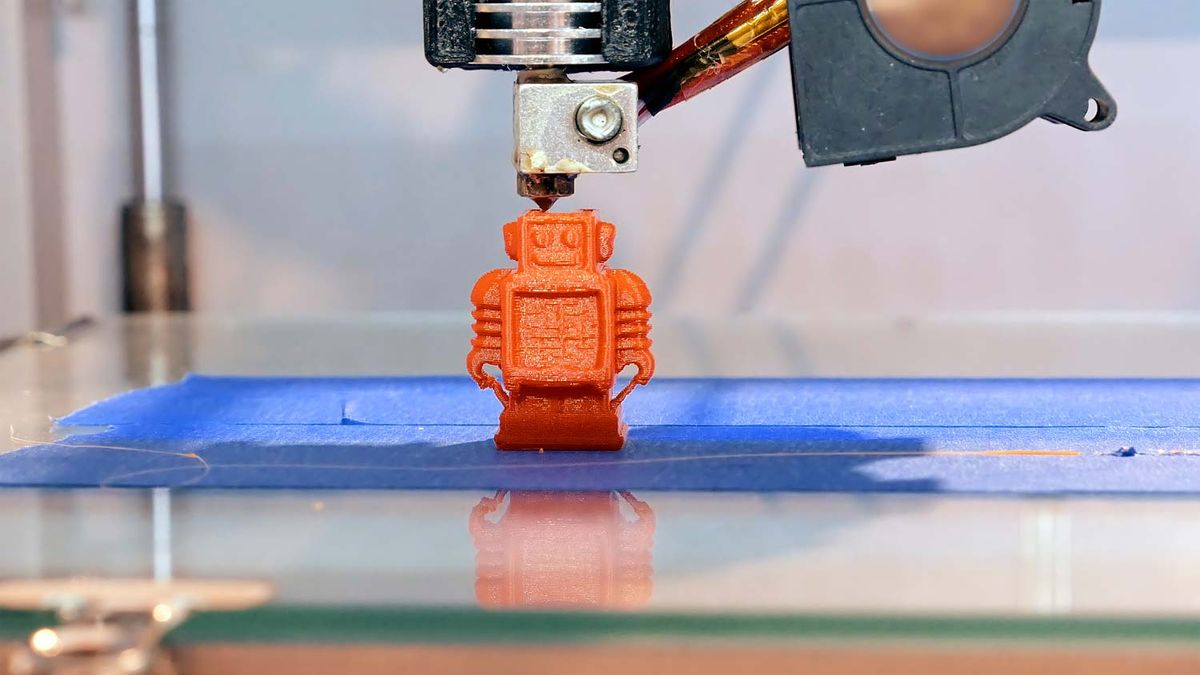When it comes to choosing a printer, one of the most critical factors to consider is the longevity of the printed materials. The debate between inkjet and laser printers has been ongoing for years, with each technology boasting its own set of advantages and disadvantages. In this article, we will delve into the longevity of prints produced by inkjet and laser printers, examining the factors that influence durability, cost-effectiveness, and overall performance.
Understanding the Basics: Inkjet vs. Laser
Before we explore the longevity of prints, it's essential to understand the fundamental differences between inkjet and laser printers.
- Inkjet Printers: These printers use liquid ink that is sprayed onto paper through tiny nozzles. They are known for their ability to produce high-quality images and vibrant colors, making them a popular choice for photo printing and graphic design.
- Laser Printers: In contrast, laser printers utilize a dry powder known as toner. The toner is fused onto the paper using heat, resulting in sharp text and images. Laser printers are typically faster and more efficient for high-volume printing tasks.
Factors Influencing Print Longevity
- Ink and Toner Composition:
- Inkjet inks are often water-based, which can lead to fading over time, especially when exposed to sunlight or moisture. However, some manufacturers offer pigment-based inks that provide better resistance to fading and water damage.
- Laser toner, on the other hand, is made from plastic particles that are melted onto the paper. This process creates a bond that is generally more resistant to fading and smudging compared to inkjet prints.
- Paper Quality:
- The type of paper used can significantly impact print longevity. High-quality, acid-free paper is recommended for both inkjet and laser prints to prevent yellowing and degradation over time.
- Inkjet prints tend to perform better on specially coated papers designed for ink absorption, while laser prints can be produced on a wider variety of paper types without compromising quality.
- Environmental Factors:
- Exposure to light, humidity, and temperature can affect the longevity of printed materials. Inkjet prints are more susceptible to environmental damage, whereas laser prints tend to hold up better under varying conditions.
- Storage Conditions:
- Proper storage is crucial for maintaining print quality. Prints should be stored in a cool, dry place away from direct sunlight. Using archival-quality sleeves or boxes can further enhance longevity.
Cost-Effectiveness and Longevity
While the initial cost of inkjet printers may be lower, the ongoing cost of ink can add up quickly, especially for high-volume printing. Conversely, laser printers often have a higher upfront cost but can be more economical in the long run due to lower toner costs and higher page yields.
When considering longevity, laser prints generally outlast inkjet prints, making them a more cost-effective choice for documents that need to be preserved for extended periods. For instance, important legal documents, contracts, and archival materials are better suited for laser printing due to their durability.
Conclusion: Making the Right Choice
In summary, when it comes to the question of What lasts longer, inkjet or laser? the answer leans towards laser printing technology. While both have their unique advantages, laser prints typically offer superior longevity due to their toner composition, resistance to environmental factors, and overall durability.


